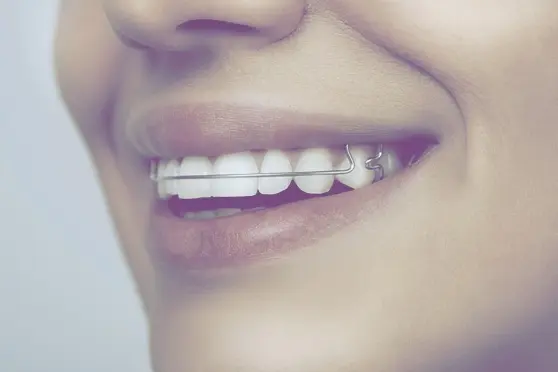Restorative Dentistry
Book an AppointmentAt Greenspoint Dental, we hope to provide you with the most comprehensive dental care available. In addition to teeth cleaning and general dentistry services, we also offer a variety of more extensive dental procedures to help restore and rehabilitate your smile.
If you’re suffering from broken, decayed or missing teeth, it’s important to seek out the proper dental care in order to avoid further oral health complications. Some of our restorative dental procedures include:
- Dental Bonding
- Dental Bridges
- Dental Implants
- Dentures
- Full Mouth Rehabilitation
- Gum & Periodontal Treatments
- Inlays and Onlays
- Root Canal
Greenspoint Dental is committed to giving you a healthy and confident smile. Receiving the right oral care is not only important to physical well-being but also a vital component in maintaining a healthy lifestyle.
To schedule an appointment with Greenspoint and discuss the possibilities of restorative dental treatments, contact our office today.
Greenspoint Dental is committed to giving you a healthy and confident smile. Receiving the right oral care is not only important to physical well-being but also a vital component in maintaining a healthy lifestyle. To schedule an appointment with Greenspoint and discuss the possibilities of restorative dental treatments, contact our office today.

At Greenspoint Dental, we hope to provide you with the most comprehensive dental care available. In addition to teeth cleaning and general dentistry services, we also offer a variety of more extensive dental procedures to help restore and rehabilitate your smile. If you’re suffering from broken, decayed or missing teeth, it’s important to seek out the proper dental care in order to avoid further oral health complications. Some of our restorative dental procedures include:

Special One
Lorem ipsum dolor sit amet, consectetur adipiscing elit. Integer molestie neque dui, vel aliquam felis dignissim id.
$999

Special One
Lorem ipsum dolor sit amet, consectetur adipiscing elit. Integer molestie neque dui, vel aliquam felis dignissim id.
$999

Special One
Lorem ipsum dolor sit amet, consectetur adipiscing elit. Integer molestie neque dui, vel aliquam felis dignissim id.
$999